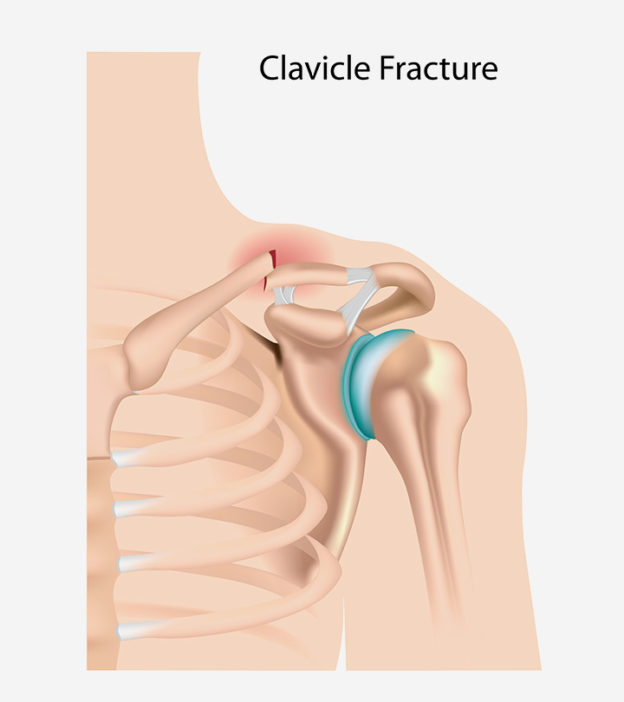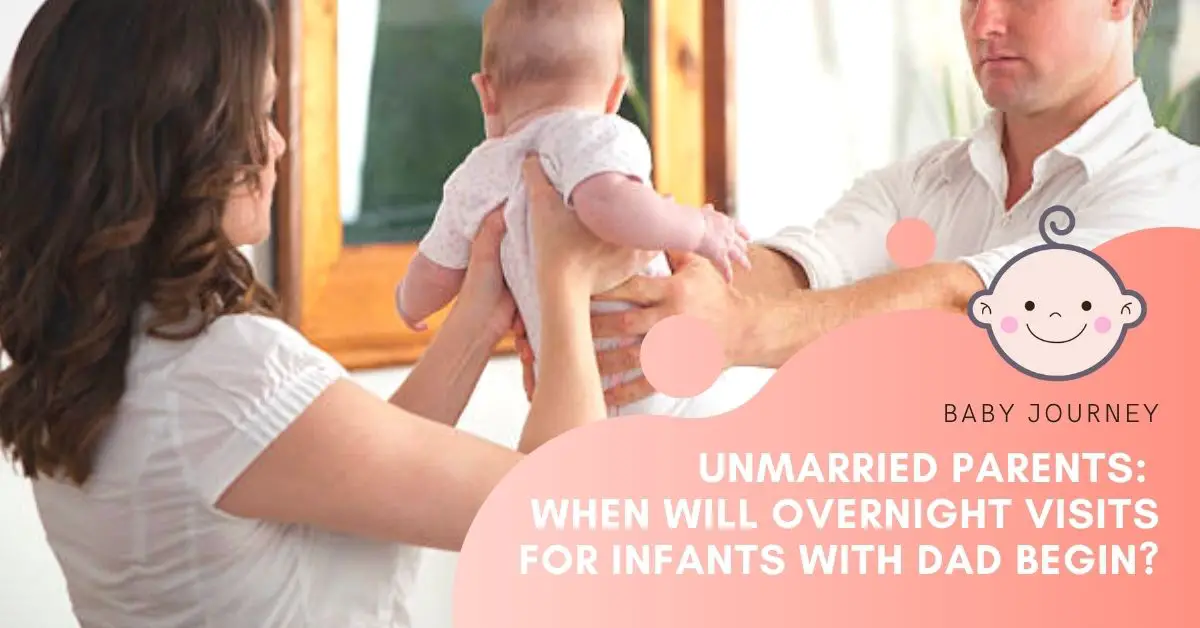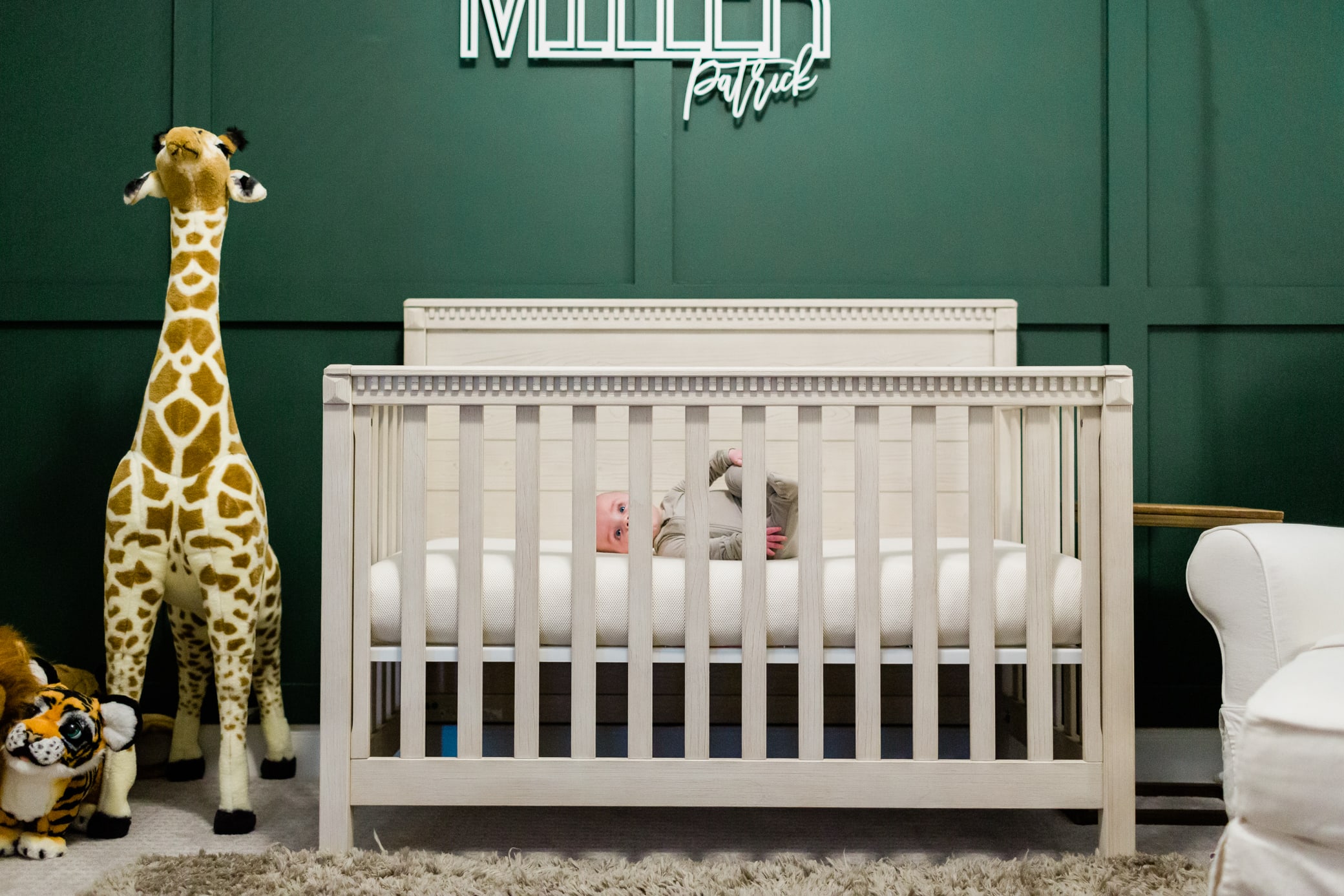[ad_1]

The clavicle or collarbone is the long S-shaped bone that unites the breastbone to the shoulder blades. There is a collarbone on either side of the shoulder. Clavicle fracture in a child is the most commonly occurring type of fracture because of the superficial location and the thin and long structure of the collarbone (1). According to a study, clavicular fractures account for 10% of all fractures. A clavicle fracture usually happens due to falling onto the shoulder. While most collarbone fractures in children are easily treatable, some severe cases may require surgical interventions (2).
Read this post to learn about the common causes, symptoms, and treatment for a broken collarbone in children.
Causes Of A Broken Collarbone In Children
Clavicle fractures mostly occur in the middle third of the collarbone (called midshaft fractures); the distal third and proximal third fractures are less common injuries in children (1). The following events may cause a fractured collarbone in children (3) (4).
- Fall: The most common cause for a collarbone fracture is a fall. Falls may often occur due to sports injuries. The most common ones include contact sports such as football, rugby, and baseball. Falls due to activities such as bicycle riding, skateboarding, gymnastics, and skiing, could also lead to collarbone fractures. Accidental falls, such as due to slipping, are also responsible for clavicle fractures in children.
- Direct injury: A direct blow to the collarbone due to being hit by an object (such as a hockey stick), injuries at home, or vehicles (in an accident) can also cause collarbone fracture in children. These fractures usually happen when the child gets a blow at the middle of the collarbone, breastbone, or shoulder.
Symptoms Of Broken Collarbone In Children
The first symptom of a broken collarbone is severe pain in the collarbone. Some other signs of collarbone fracture in children are (4) (5):
- Bruising and swelling in the collarbone region
- A cracking sound at the fracture site
- Bump in the fractured arm or shoulder
- Numbness or needle-like sensations in the affected shoulder
- Shoulder falling downwards, or a slagging shoulder
- Pain on moving the affected arm or shoulder
- Rare symptoms in children are bleeding due to skin or tissue damage and shortness of breath
Diagnosis Of Broken Collarbone
Your child’s doctor may diagnose a broken collarbone through the following ways (6).
- A physical examination: A physical exam is performed to look for any bump in the collarbone, indicating breakage. The doctor may also assess the degree of pain on applying slight pressure and when performing movements.
- Imaging tests: The doctor may suggest any X-ray after physical examination if a fracture is suspected. A CT scan may be ordered to observe severe fractures and broken bones in some cases.
- Additional tests: Your child’s doctor might perform certain tests that may help assess blood flow, muscular strength of the shoulder, and blood vessel or nerve damage.
Treatment For Clavicle Fracture In Child
Most pediatric clavicle fractures heal with home care with time. However, if the pain is persistent or the fracture becomes severe, your child’s doctor may advise the following treatment options (5) (7).
- Medications: Pain medicines or anti-inflammatory medications, such as acetaminophen, may be given to relieve the pain initially. You must give these medications to your child as per the doctor’s prescription. Meanwhile, try applying ice or cold compresses to reduce swelling and pain.
- Sling support: An arm sling support (also known as a figure-of-eight bandage) provides constant support to the shoulder. A sling for comfort is the first non-operative treatment recommended to be used for three to four weeks. It holds the shoulder and arm to decrease movement and associated pain.
- Physical therapy and exercises: Your child’s doctor might suggest physiotherapy once the pain subsides. Your child could begin with simple exercises and gradually move to muscle strengthening exercises that will help in facilitating easy shoulder and arm movements.
- Surgery: Surgical treatment is adopted for severe fractures, broken bones that remain displaced and pierce through the skin, or damage to the nearby nerves and blood vessels. Your child might have to use a sling for several weeks until recovery after surgery. Recovery may usually take up to three months (8).
Complications Of Broken Collarbone
A broken collarbone might lead to the following complications in children (5).
- Malunion: Clavicle fracture that heals in an inappropriate position may lead to bent or shortened bone after healing. This condition is called malunion.
- Prominent bump: A clavicle fracture causes a bump on the arm or shoulder that resolves over time. But in some cases, the bump may be persistent.
- Arthritis: Children who have a collarbone fracture near to the joint close to the collarbone might be at a higher risk of osteoarthritis or post-traumatic arthritis.
- Nerve or blood vessel injury: In rare cases, a fractured collarbone can cause injuries to nearby nerves, tissues, or blood vessels, leading to numbness in the hand or shoulder.
- Nonunion: Nonunion is when the fractured bones fail to heal in four to six months. This is a rare phenomenon in children.
- Other complications: Some uncommon complications of clavicle fracture include prolonged healing, build-up of air or blood in the chest cavity (hemopneumothorax), arm or shoulder fatigue, higher risks of infection, and refracture (9).
Prevention Of Broken Collarbone In Children
Though clavicle fractures might happen unexpectedly, you may explain a few measures to your child that might help reduce the risk of fractures (10) (11).
- Encourage your child to wear protective gear and safety sports equipment while playing outdoor sports or performing activities such as riding a bicycle.
- Your child must wear a seatbelt while in the car to avoid fractures due to traffic accidents.
- Ensure your child has adequate supplementation of calcium and vitamin D. Include foods that are rich sources of these nutrients in their diet to maintain healthy and strong bones.
- Educate your child to follow the appropriate postures and techniques while playing sports or other activities to avoid unnecessary falls.
After-Care Tips For A Broken Collarbone In Children
A collarbone fracture usually resolves well with home care and therapies. Here are a few additional tips that might help in the recovery and management of your child’s clavicle fracture (12) (13).
- Give timely medications to your child. Follow the doctor’s instructions while giving medications, and do not give any medicines your child’s doctor has not prescribed.
- Prop up some extra pillows to support your child’s fractured arm or shoulder while sleeping.
- Continue applying a cold compress or ice if your child is experiencing pain or swelling in the fractured clavicle.
- Help your child wear comfortable clothing that has closures in the front or back to avoid straining the affected area.
- Encourage your child to move their hand, elbow, and fingers when the pain starts subsiding. They may also begin exercising as per the doctor’s advice.
- As per the doctor’s instructions, you may remove the sling support for a while (when bathing or sleeping) if the pain starts to resolve.
- Check for any signs of pain or irritation in the skin from the sling. Contact your child’s provider if you notice redness or rawness in the affected area.
- Do not allow your child to lift any heavy objects, play sports, or perform any activity from the fractured arm for at least ten weeks post the injury.
- Make sure to book a follow-up appointment with your child’s doctor to track their recovery.
https://www.youtube.com/watch?v=Cr-UGpqATBQ
A collarbone fracture can be painful for children, but the good thing is it can be healed easily with proper care and medical support. Educate your child about all the dos and don’ts while recovering from the injury. It is vital to allow the time dedicated to the healing process of the fracture before resuming any strenuous activities. Also, make sure your child follows all preventive measures to avoid future risks of any fractures.
References:

[ad_2]
Original Source Link

 PARENTING TIPS
PARENTING TIPS PREGNANCY
PREGNANCY BABY CARE
BABY CARE TODDLERS
TODDLERS TEENS
TEENS HEALTH CARE
HEALTH CARE ACTIVITIES & CRAFTS
ACTIVITIES & CRAFTS

